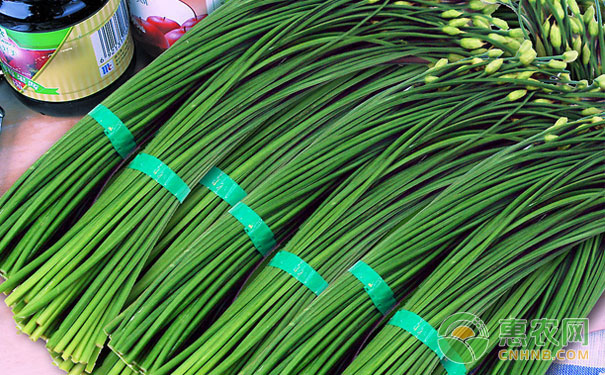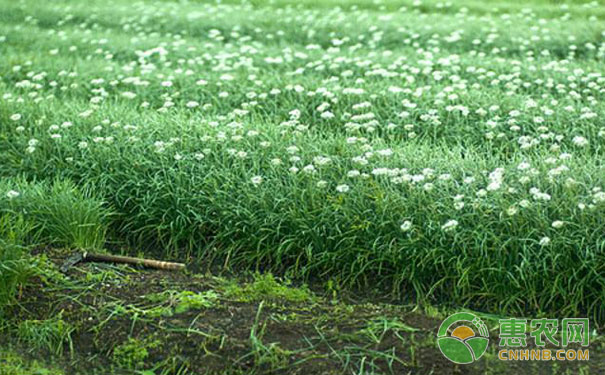In recent years, because of its high nutritional value, amaranth contains a lot of vitamins, minerals, fiber, protein, carbohydrates, calories, etc., and has a unique flavor, which is widely loved by consumers at home and abroad. The amaranth varieties introduced from Taiwan are favored by the majority of growers because of their high yield and high quality. The planting area in the country is increasing year by year.

First, the variety selection
The Tainan No. 11 and Taichung No. 13 Lotus series currently introduced from Taiwan are the main varieties of market cultivation. Its plant growth is strong, the number of tillers is many, cold and heat resistant, fast growth, early bolting, strong flower moss, delicious taste, good quality, can be harvested all year round, the average yield is 1000-2000 kg.
Second, sowing seedlings
1. Sowing period: It can be propagated by two methods: seed and ramets. At present, seed reproduction is the main focus. Generally, seedlings are concentrated after August.
2. Seeding and seedling: The amount of seeds per acre is 0.5 kg. Before planting, the whole raft was smashed. Each slat was 1.5 m wide and flattened. The shallow ditch was straight out on the flattened surface, 6 cm wide and 2 cm deep. Spread the seed strips on the ditch, sweep the flat surface after sowing, gently pressurize the loose soil, water it after sowing, and then pour it every 2 days to keep the soil moist. After the seeds are germinated and unearthed, the fertilizer is applied once every 20 days, and the rainwater is taken care of the drainage, and attention is paid to the occurrence of pests and diseases, and management is strengthened.
Third, choose the plot and work
Amaranth avoids acidic soil, pH 5.6-6.5 is more suitable, sand, loam, clay can be cultivated, but the loam with good drainage and fertile soil is the most ideal. 1.5 meters of ditch crevices, leaving a work line, leaving deep trenches around to facilitate drainage, acre of high-quality manure fertilizer 3500 kg or soil fertilizer 3,000 kg, 60 kg compound fertilizer as base fertilizer.

Fourth, colonization
70-80 days after sowing, the seedlings of the leek seedlings can be planted in the field with 2-3 plants per plant. The plant spacing is generally 27×24 cm, and 4-6 plants per hole can be adjusted according to the grower's habit. When planting, attention should be paid to the planting depth. Immediately after the planting is completed, water should be poured once to facilitate survival.
V. Field management
1. Fertilization: Amaranth is a fertilizer-tolerant vegetable with a long growing period, so a sufficient amount of fertilizer must be applied during cultivation. In general, the application of nitrogen can increase the yield, the fiber is less and soft, and the appropriate amount of phosphorus can promote root group development and bolting. Potassium application can increase the degree of disease resistance, but more application will make the fiber thicker and lower the quality.
At the seedling stage, the leek flower is usually applied once every 10-15 days with rare manure or 2% urea or 800-1000 times every day for 7-10 days. Nitrogen, phosphorus and potassium are applied in the bolting period, but the nitrogen fertilizer is the main one. It can apply 16 kg of compound fertilizer every 10-15 days, pay attention to the application of phosphate fertilizer, and the yield will decrease.
2, leeks bogey, so in the cultivation of leeks should pay attention to drainage in the event of rain, there should be no water accumulation. However, long-term drought will reduce the tillering, the leaves are shortened, and the bolting is short and thin. Therefore, it must be noted that the soil is always kept moist and irrigated as appropriate to make it develop normally. For example, in high water level, when building high sorghum, be careful not to make the water level above the rhizosphere so as not to hinder the development of the root group.
3. From the second year of cultivation, every year in the spring, a layer of 5-7 cm thick loose roots is applied to the surface of the alfalfa, so that the roots with strong tillering strength are well developed.
Sixth, pest control
1. Amaranth rust: The main hazard of amaranth rust is that the leaves are severely affected at 15-20 ° C and relative humidity above 90%, and can be sprayed by spraying 65% of sensitized zinc 400 times.
2, leek blight: Amaranth blight occurs in the rainy and high-humidity season, can be sprayed with 58% of the toxic fungus powder 600 times or 64% anti-virus hydrating powder 500 times liquid prevention.
3, amaranth gray mold: can spray 50% speed Knin 1000 times prevention.
4, onion horse: can spray 90% of the Duowei wettable powder or 25% bromide.
5, scorpion fly: can spray 50% imipenem 1000 times liquid control.
6, éŸè›†: can be controlled with 75% phoxim 500 times solution.
Seven, harvest
Picking up the spider mites to extract the flower moss that is still in the young and unflowered pupa, and sell it in a bundle according to the level of flowering moss. It is harvested once a day or every other day, and it is harvested once every 2-3 days.

Eight, variety update
Although the leek is a perennial crop, in the natural state, after 5-6 years, the tillering ability is weakened and the growth potential is declining. The cauliflower flower mainly harvesting the flower moss must be renewed after 3-4 years of planting, otherwise it will be repeated several times. After the harvest, it will gradually become weaker, the stems and leaves are short, the quality of the flower moss is inferior, and the value of the commodity is lost.
Autoclave Products,Vertical Autoclave,Lab Verticcal Autoclave,Lab Animal Transfer Station
Guangdong Widinlsa International Co.Ltd , https://www.guangdongwidinlsa.com